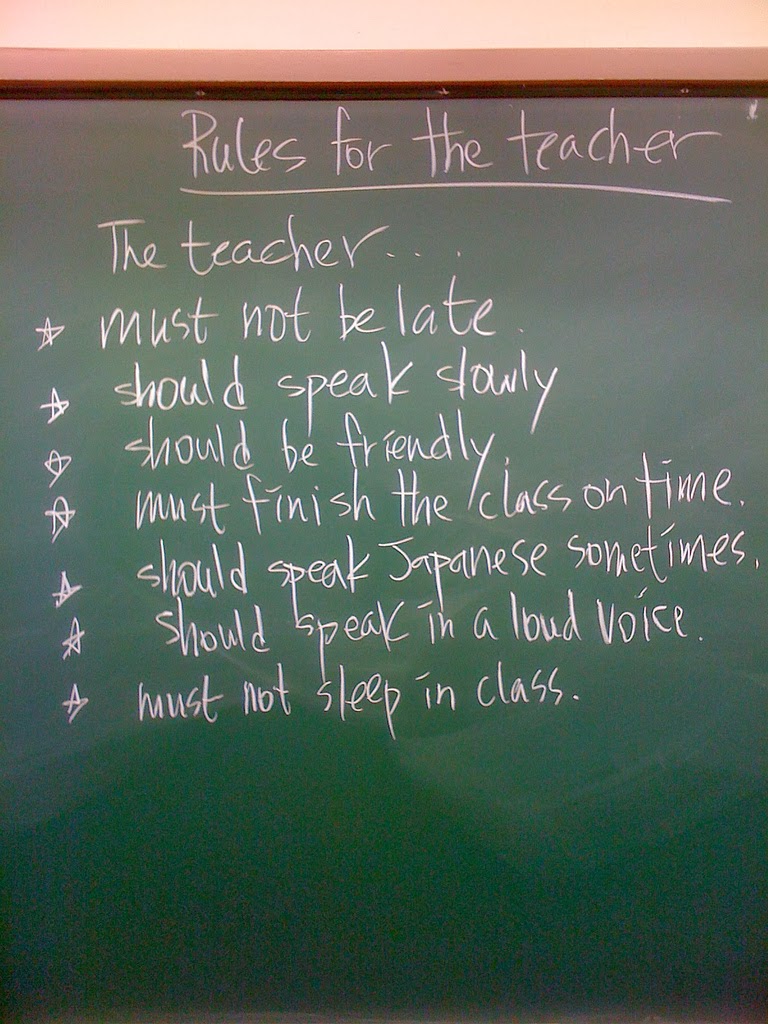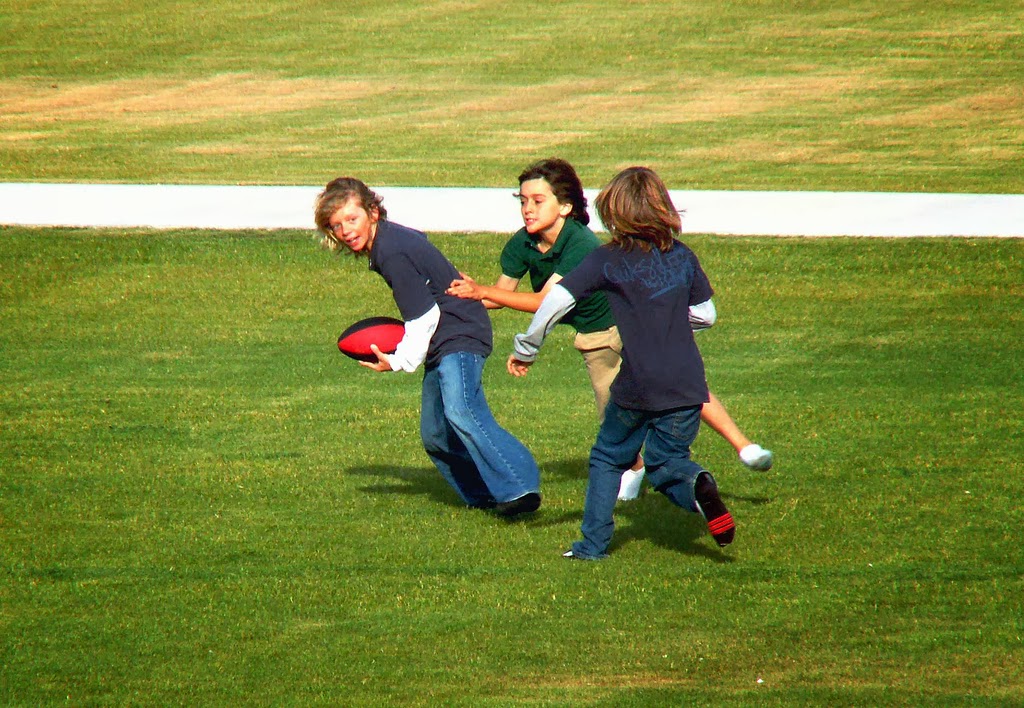One of the basics of master teaching is that the more of a student’s senses you can engage while teaching, the better the student will understand and remember what is being taught. One of the senses most often neglected when planning a Bible lesson is hearing. Merely hearing the teacher talk, while important, does not have exactly the same benefits as hearing other sounds in the context of a lesson.

With modern technology and internet access, it is fairly easy to find the sounds you could use during the course of a Bible lesson. Obviously, these are sounds captured in modern times, but if you search for the sound and add the words ”ancient” ”Israel” or ”Middle East” or ”Ancient Jewish”, you should be able to find the sounds you want.
Here are a few sounds you might want to consider adding to a future lesson:
- Animal sounds. Sheep, goats, camels, lions and even a bear or two are mentioned in the Bible. Don’t forget birds like ravens, quail and doves!
- Crowd sounds. Try to find crowd sounds from Israel where it is more likely Hebrew is being spoken. Not entirely accurate, but closer than English speaking crowd sounds would be! Bonus points if you can find similar types of crowds like from a marketplace.
- Shofar. The shofar or horns are featured in many Bible stories.
- People speaking. Search for ancient Hebrew, Aramaic or Greek. You might want to add “reading from Psalms” or the Bible and see what you can find.
- Ocean and storm noises. These are featured in several New Testament stories in particular.
- Music. Search for ancient lyre music.
What other sounds can you think of that would be good to add to your next Bible lesson? Taking a few extra minutes of preparation time to find them can help increase what your your Bible students learn and remember from your lesson.




